Natural History Museum Mauritius
₹ 308 onwards
View Mauritius PackagesWeather :
Tags : Museum
Timings : Monday, Tuesday, Thursday, Friday - 9:00 AM to 4:00 PM; Saturday - 9:00 AM to 12:00 PM; Wednesday - 11:00 PM - 4:00 PM; Sunday and Public Holidays – Closed
Time Required : 2-3 hours
Entry Fee : No Entry Fee
Ways to Experience this attraction
Natural History Museum, Mauritius Overview
Known to be the oldest museum in Mauritius and enjoy a great location in the less busy part of the city of Port Louis, the Natural History Museum is considered to be somewhat a replica of the Colombo Museum located in Sri Lanka. The building once used to be the premises of the Old Royal College in Port Louis. Designed by M. Mann, a British architect, the museum was proclaimed a National Heritage of Mauritius in the year 2000.
Read More on Natural History Museum
Galleries in the Museum
The British Museum had donated a specimen called the cast fossil of the Archaeopteryx to the museum. The Gallery has an extinct and endangered species collection, such as the skeleton of a Dodo and the oldest specimen of Mauritian Dutch pigeon. You can also find the skeleton of the Rodrigues Solitaire in the display along with the incomplete yet unique skeletons of the giant Mauritian Lizard, the Mauritian Red Rail and the Round Island Burrowing Boa.
Furthermore, there is a section of stuffed bird specimens in the gallery which displays the different kinds of marsh birds and migrating birds from different parts of the world along with those species that are being introduced in the island and it includes the Indian Myna and the House Sparrow brought from India and the Common Waxbill brought from South Africa.
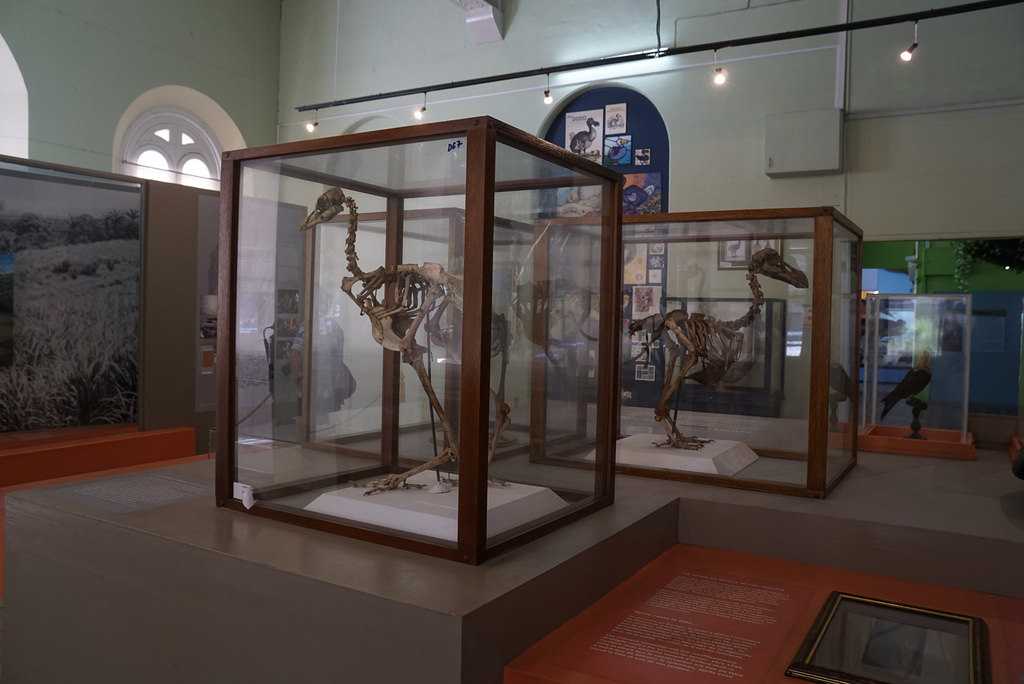
Source
2. Marine Life Gallery
Moving on, you head towards the next gallery of the museum which is dedicated to the marine life and it displays a vast range of stuffed fish species, molluscs, crabs and marine mammals like dolphins and whales. In the fish exhibit, you can see sharks, rays, eels along with other commercial and poisonous fishes which are mostly found in the Indian Ocean surrounding Mauritius. Some of the species are even hung from the ceiling in glass cases; don’t mind the lacklustre as the collection is very old and has lost its original glaze due to prolonged exposure.
You also get to see the very rare Acanthocidaris curvastispina, a species of sea urchin, only three of which are known all over the world. In 1874, Sir Arthur Phayre, a British Governor donated the Giant Clamshell to the museum, which was collected in the Gulf of Bengal and it is known to be the largest with its weight as heavy as 70 kilograms. The skull of a Sperm Whale and a Beaked Whale is also on the display along with the world record sized mollusc, the Conus aulicus.
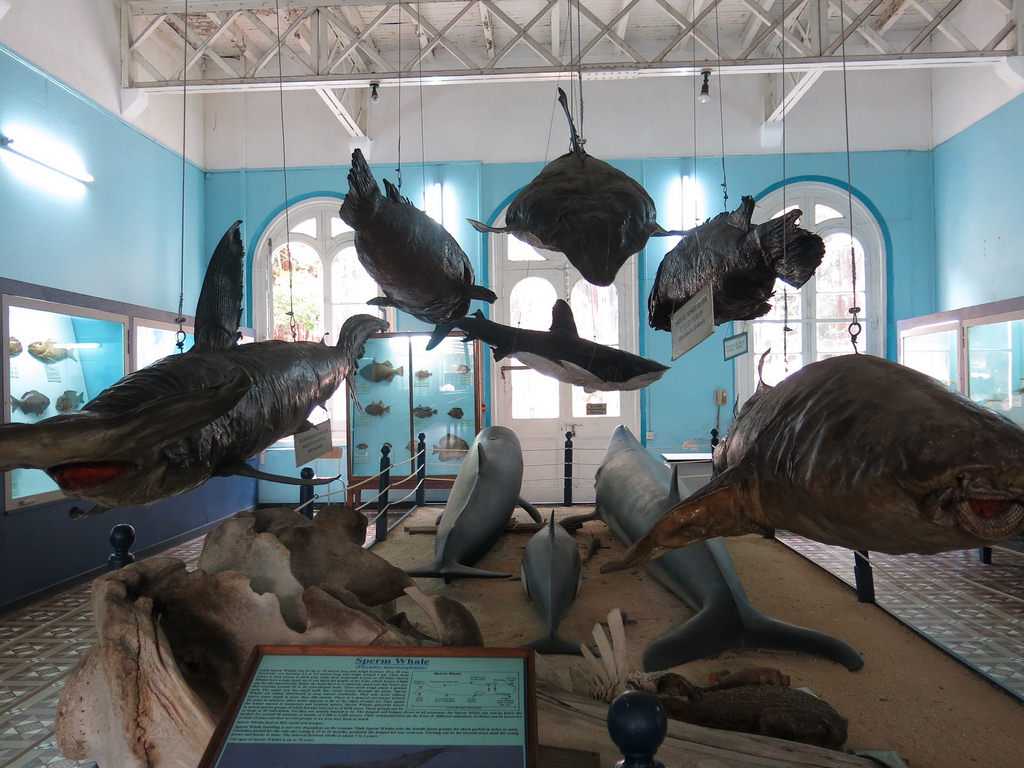
Source
3. Insects, Meteorology and Giant Tortoise Gallery
Further ahead in this gallery, you will find several interesting displays related to meteorology and geology, shrimps, corals, turtles, insects and local woods. The geology exhibits a model of a volcano and the different types of rocks found in Mauritius, which enlightens you about the geological origins of the island and teaches you a lot about its formation.
You also get to learn about the formation and distribution of different types of corals namely octacorals, hexacorals and madrepores and also about the various species of butterflies and insects that you can find in Mauritius.
The gallery also has a section where you can see and learn about the giant tortoise which is estimated to be at least 200 years old and it was brought to Mauritius in 1776 from Seychelles.
Trochetia Boutoniana, the national flower of Mauritius is exhibited in the plant section of the gallery.
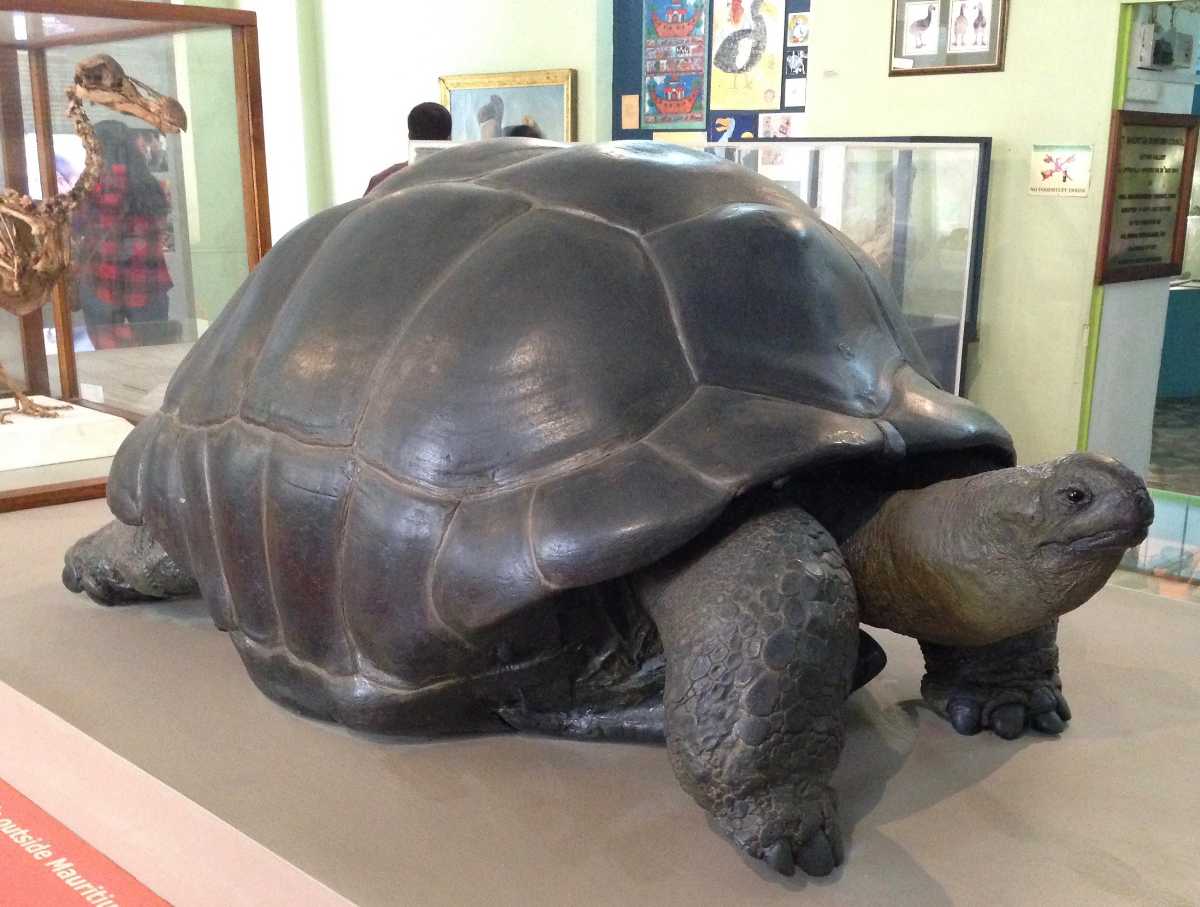
Source
4. Dodo Gallery
It is one of the most significant highlights of the museum as Dodo is symbolic of Mauritius. The Dodo was a flightless bird and considered to be a part of the pigeon family that was discovered in Mauritius by the Dutch in the 1500s and by the 1600s it was already extinct due to the destruction of their ground nests and immense hunting.
The remains of the Dodo in the form of 8000 bones were excavated in 2005 by a dedicated team. Scientists are still trying to research about the sudden extinction of such a massive species and are working towards the origin of this amazing bird species.
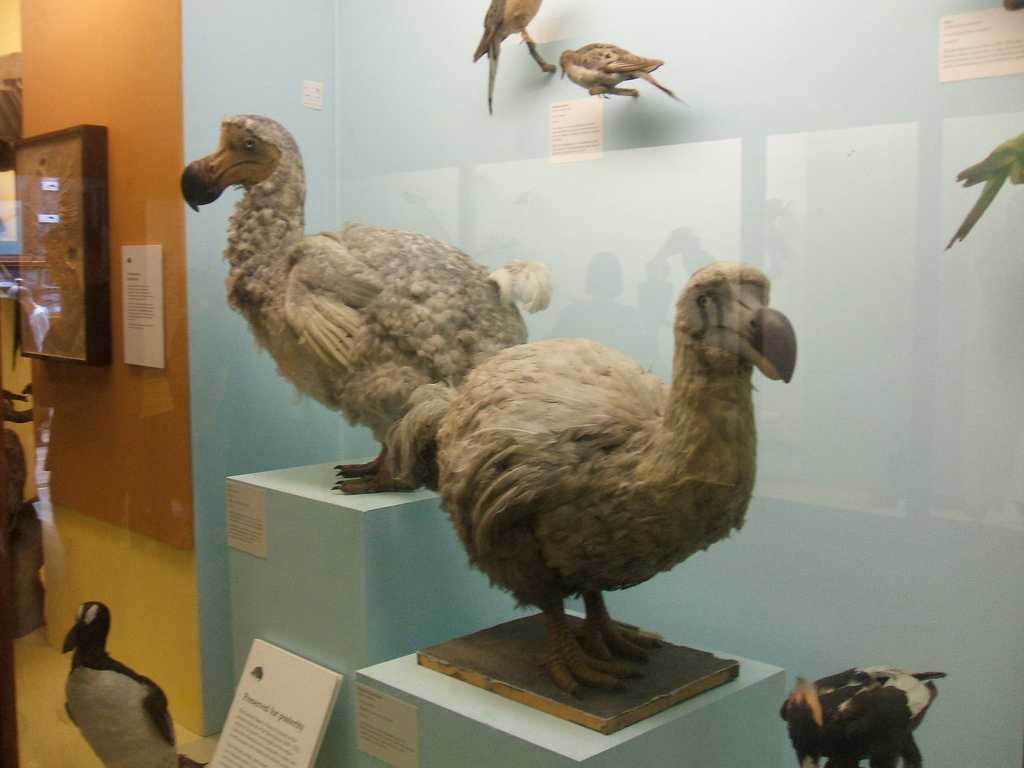
Source
History of Natural History Museum
The two naturalists – Louis Bouton and Julien Desjardin – deserve all the credit for initiating the museum with their first collection. It mainly consisted of marine species and bird from the different parts of the Mascarene Islands which were previously displayed in the Desjardins Museum inaugurated in 1842, and it was in 1885 when it was transferred to the Natural History Museum. The prime focus of the museum was to systematically collect study and record the details about flora and fauna found all across Mauritius and the Mascarene Islands.
After years of hard work and dedication, the Natural History Museum at the present days boasts the accumulation of 500 years of the rich and diverse flora and fauna of Mauritius under one roof showcased in four galleries. Speaking of figures, the museum houses more than 35000 geological samples and specimens of natural history and nearly 3000 of them are exhibited.
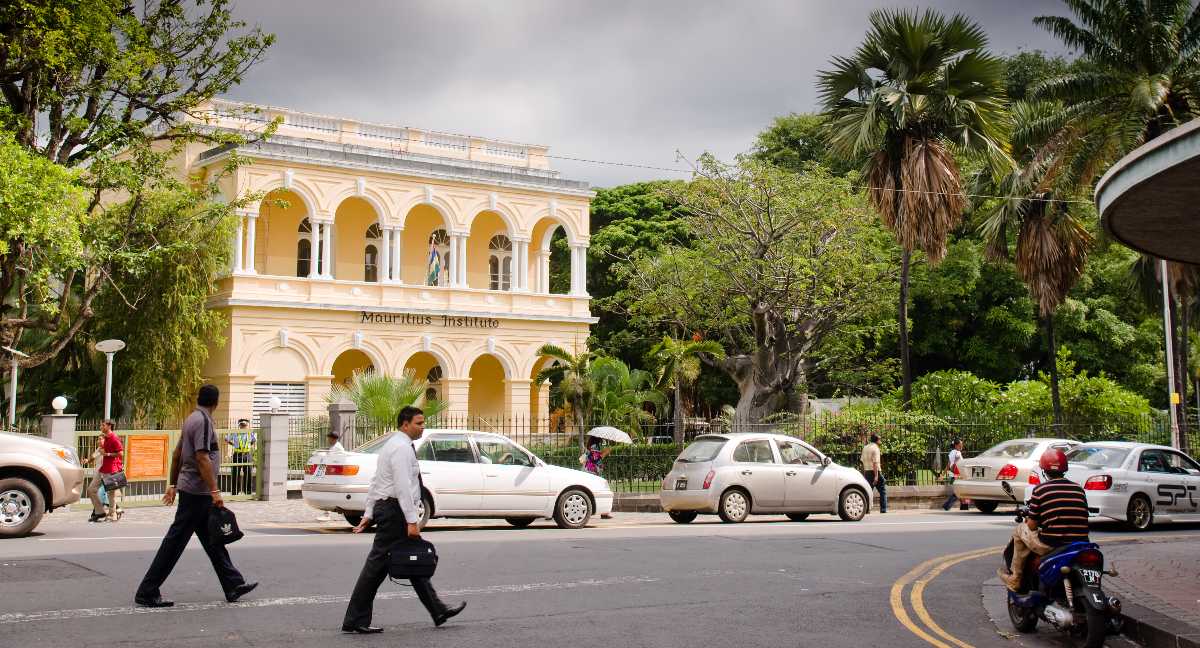
How To Reach Natural History Museum Mauritius
Top Hotel Collections
Top Hotels Near Natural History Museum
Natural History Museum Reviews

Have a Question on Natural History Museum?

experience.